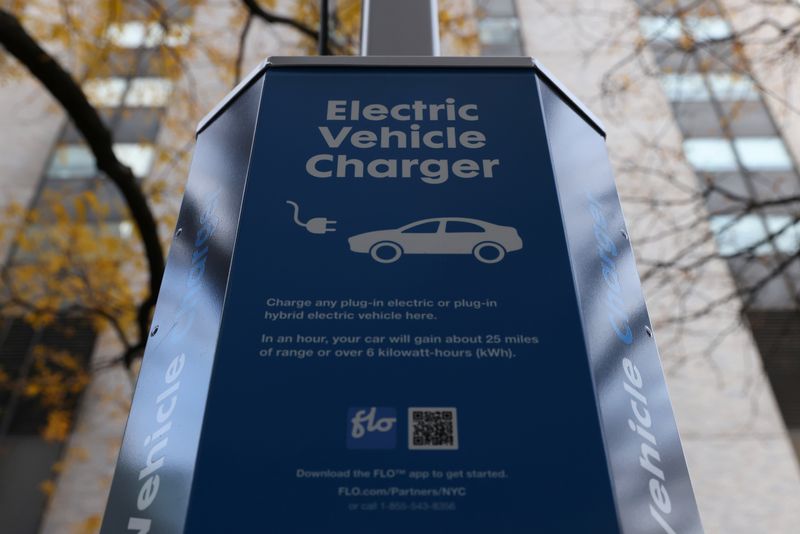(Reuters) - Chile, the world's second largest lithium producer, said it plans to transfer control of the production of the mineral essential for electric vehicle (EV) batteries to a new state-owned company.
Here are key facts about lithium and EVs:
WHAT IS LITHIUM?
The silvery-white element is the lightest metal and highly reactive, giving it strong energy storage potential per unit of weight.
This makes the alkali metal the mainstream choice for EV batteries, where high energy density is key to enabling long distances between charging.
WHERE IS LITHIUM FOUND?
Australia is the world's largest lithium producer, but Chile has by far the largest known reserves. Other countries with major deposits are Argentina, China and the United States.
IS LITHIUM EXPENSIVE?
Lithium is abundant, but it takes substantial funding to extract it from ore or brine. The price has seen boom-bust cycles in recent years as producers have ramped up production to benefit from rising prices, but then created a glut.
Strong output and weak demand for EVs in China has depressed prices in recent months. Battery grade lithium prices touched record levels of $85,000 a tonne in December, but have slumped by nearly 50% since then. That price is still relatively high, around double the price in October 2021.
CAN WE PRODUCE BATTERIES WITHOUT LITHIUM?
A range of batteries that need less or no lithium have been under development and the most advanced is the sodium-ion battery, which China's CATL plans to begin producing this year.
The materials to make sodium-ion batteries are much cheaper, but the batteries have a lower energy storage capacity, meaning more frequent charging, and break down faster than lithium-ion batteries.
Another alternative battery replaces lithium with magnesium, but those are still in the research phase.
While alternatives may take hold in the long-term, the efficiency and proven technology of batteries using lithium mean that in the short to medium term, lithium will remain a key material for EV batteries, analysts say.
WHAT TYPES OF EV BATTERIES ARE THERE?
EV battery makers have developed multiple types of lithium battery products. A battery is charged and discharged by lithium ions moving between the negative anode and the positive cathode electrodes.
Other key metals used in EV batteries are cobalt, nickel phosphate and manganese.
HOW MUCH IS LITHIUM DEMAND EXPECTED TO RISE?
EVs are a key part of the plan to meet zero carbon goals to curb climate change, so lithium demand has been rising.

A lithium-ion EV battery pack on average contains about 8 kg of lithium and about 2 billion EVs need to be on the road by 2050 for the world to meet net zero goals, according to the International Energy Agency.
Lithium demand is expected to balloon to 3 million tonnes a year by 2030 from only 300,000 tonnes in 2020, according to Bank of America (NYSE:BAC) analysts.